The rat is an oft-misunderstood animal. The Domestic Rat, also known as the Fancy Rat, was originally bred from the wild European species of the same scientific name, also known as the Norway Rat or Brown Rat. Domestic rats are today bred for many different traits just as domestic dogs and cats are, and make great companion animals. Rats are extremely intelligent and easily trainable- they can even be litter trained with patience, and easily trained to walk harnessed on a leash as well. They love spending time with each other as well as their humans, and so are best kept in an area of the house that is highly trafficked. Domestic Rat VarietiesUnlike dogs and cats, domestic rats are categorized by variety rather than breed. There are several organizations across the globe that describe these varieties, and each has its own distinction of varieties recognized for show in exhibitions. Organizations include The Rat and Mouse Club of America (RMCA), American Fancy Rat and Mouse Association (AFRMA), and The National Fancy Rat Society (NFRS) in the United Kingdom. Below are the main varieties- these are also categorized by markings and colors. Pet store rats are often interbred and so will have imperfect markings similar to but not accurate to the requirements for show.
Rats are social animals that can become stressed or even depressed if left alone, so it is always recommended to have at least two. A group of rats is called a mischief, though some rat owners refer to their groups as ratteries. They can be housed in single sex groupings, or together if they are spayed or neutered. It is easier and safer to neuter a male than spay a female, as in other mammalian species, and especially recommended for males if their testosterone is too high, as just like other species this can cause aggression. It is beneficial in either sex because one of the most common causes of early death in rats is cancer, so removal of the sex organs reduces the places metastasis can occur. When adopting a rat, it is important to consider where it is being acquired from. Due to the prevalence of mills, pet store rats have a higher chance of behavioral issues or shortened lifespans due to medical conditions such as cancer from interbreeding. In retired lab rats, cancer can also be common depending on what type of lab they came from as their cancers form and progress almost identical to humans, but much faster. Rats from breeders typically have better dispositions and the longest lifespans, though illness is still the number one cause of a rat’s death due to the long period in which rats were interbred before regulations and recommendations were put in place by rat enthusiasts. The most common illness is caused by the bacteria Mycoplasma pulmonis results in pneumonia in rodents but is not zoonotic (contagious) to humans. It is for this reason that it is most vital to keep a rat’s home clean, warm, and free of aerosols or dust such as from pine or cedar bedding. If a rat exhibits mucus bubbles around their nose or it can be heard in their breathing, antibiotics from the vet and spending time in a steamy room are the best treatment (I have put mine with me in the bathroom while I shower). Quick Overview
When building your first rat enclosure, metal is recommended as it cannot be chewed on and is easy to clean. Bars on the side are vital for ventilation, but platforms should be solid or covered with cloth to prevent feet or tails from getting stuck. Rats are great climbers and most prefer to sleep in hammocks, so one can build up rather than out to conserve space. Some rats love wheels; be sure to only purchase sturdy ones with solid surfaces such as Silent Spinners or Wodent Wheels. Few rat specific toys are available in pet stores so most ratters also collect enrichment and furniture sold for birds, reptiles, fish, or even make their own to save money. Anything you give a rat runs the risk of being chewed on and eventually needing to be replaced-- inorganic materials especially if you have heavy chewers that may ingest indigestible material. Wood can be reused but may eventually need to get thrown out due to urinating if they are not fully litter trained (especially with un-neutered males). Plastic can be cleaned with simple green or bleach and rinsed well, and fabric can be shaken out then washed. Rats are omnivores and prefer to eat a variety of foods. They’ll love to share pieces of the salad you’re cutting for dinner, or clean out that yogurt container once you’re done with it. Be sure to check that a new food is safe- some fruits and vegetables eaten by humans are only safe for rats cooked, in small amounts, or not at all. If you have picky eaters and are worried about them getting enough nutrients VitaKraft makes a supplement you can add daily to their water. As rodents, they have continually growing teeth and must also be provided chews, preferably in a variety. My go-tos are wood chews, seashells or cuttlebone for added calcium, and mineral/salt licks for micronutrients. BathingSometimes, your rats get messy and will need a bath. Try to stick to no more than once a month, max every three weeks, except in emergencies. Fill in with wipe downs in between using a damp cloth. This wil ensure your rats stay clean but also don’t loose the natural oils on their skin from overwashing. Bathing provides enrichment for them, and if you start early you can ensure that baths are not stressful for them down the line. This ensures that if you need to bathe one for an emergency such as fleas or if they get into something they shouldn’t, you’ll be able to do it quickly with little fuss in what will already be an uncomfortable experience for them. Bath water should not be too hot for us to touch, but on the warmer side as their normal body temperature is 100.4-102.2 degrees fahrenheit. I prefer using the bathtub so that they have lots of room and you can have a deep area for them to swim as well as a shallow one for them to stand. A large container or even a kiddie pool will work as well- just be sure to include rocks or other “islands” for them to rest on. The sound of the waterfall can scare them, so don’t put them in until the water is filled and still, especially if this is their first time or they’re still nervous about baths. For soap, you will want to purchase non-toxic, extra gentle, tear free shampoo. Few stores carry this for small mammals (and when they do it is usually marked up) so I usually use dog shampoo or baby shampoo. Do this after giving them some free time in the water as once it is soapy you’ll not want to leave them in it for long in case of ingestion. Either run the water slowly so as not to scare them with the noise, or have a pitcher of clean water for a final rinse. For drying, rub them down real well with a towel and swaddle them tight in a warm area so they don’t get too cold. This is a great chance for bonding and snuggling with their humans. Some of my rats have even enjoyed a gentle blow with the hair dryer! Animal Care Cost Example (2017 Prices): Set Up
AuthorSarah is a conservation educator and trained zookeeper currently working at an AZA (Association of Zoos and Aquariums) accredited zoo in New Jersey while also starting a freelance nature program in Jersey City. Her education specialties include urban environmental programming and access, while her keeping specialties are focused on small mammals, arthropods, and birds of prey.
0 Comments
Leave a Reply. |
About the blogFerrets and Friends, LLC has four writers bringing you information on a variety of topics from pets to wildlife, education to conservation, and from new developments in our business to information about our industry. Learn something new each week! Archives
August 2020
Categories
All
|
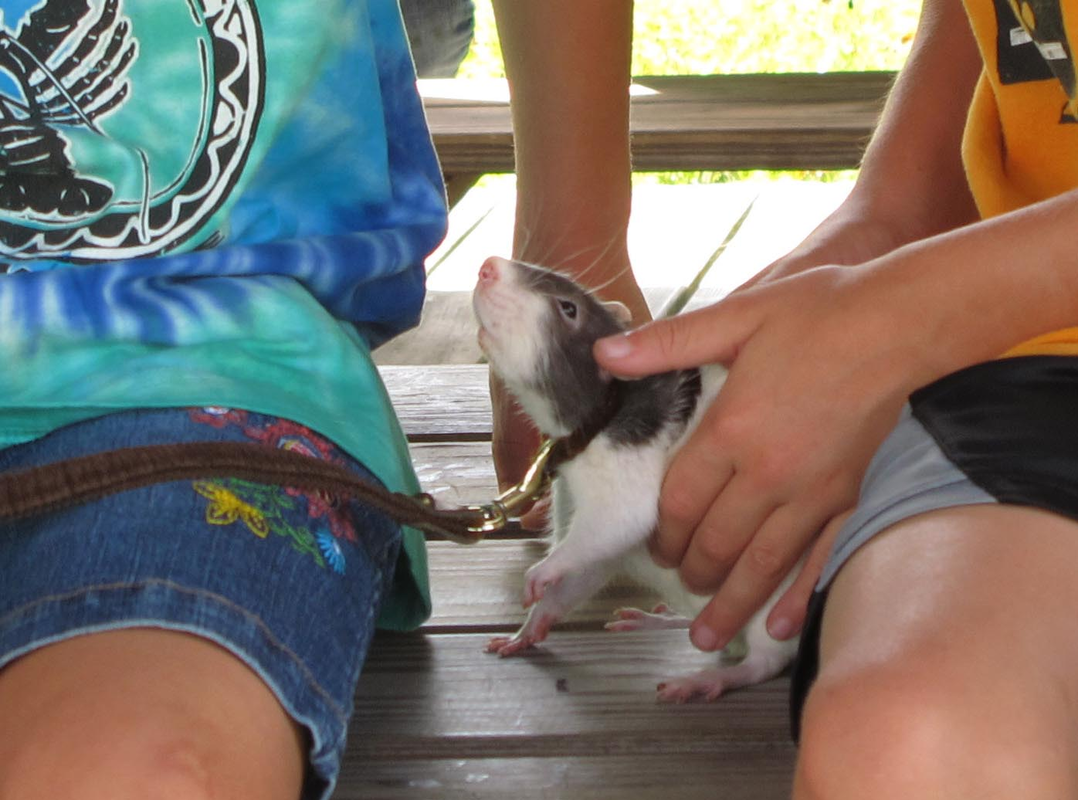
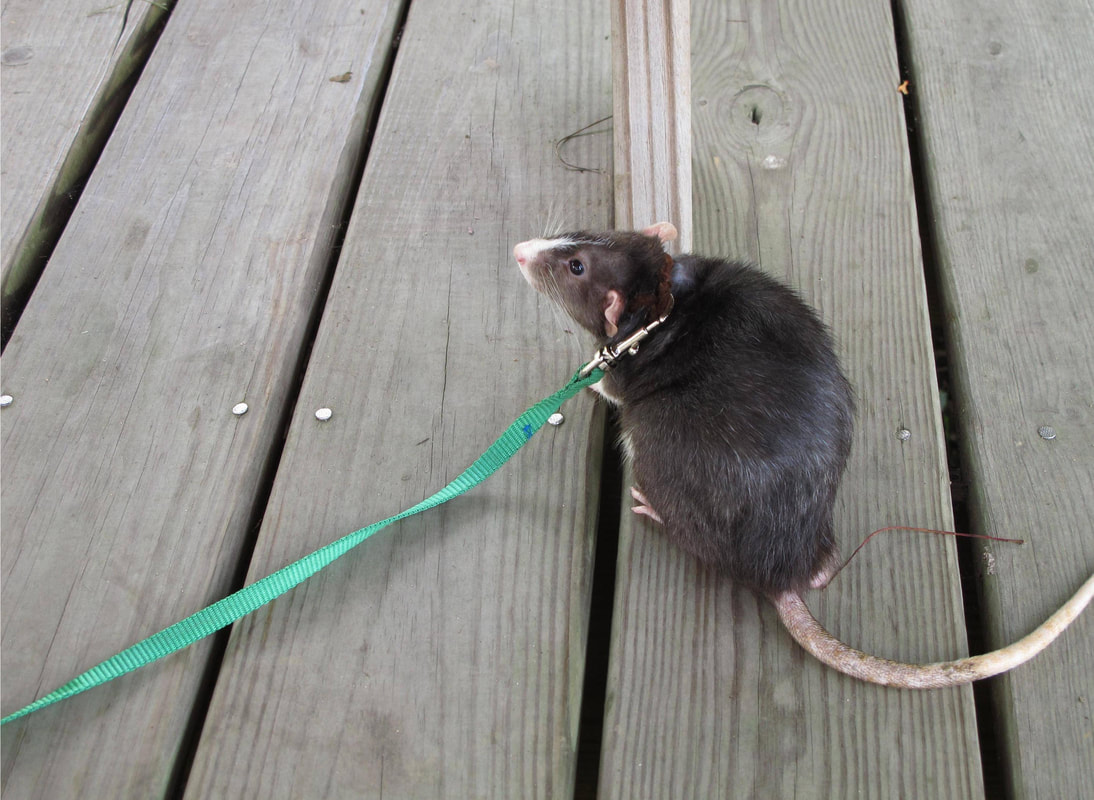
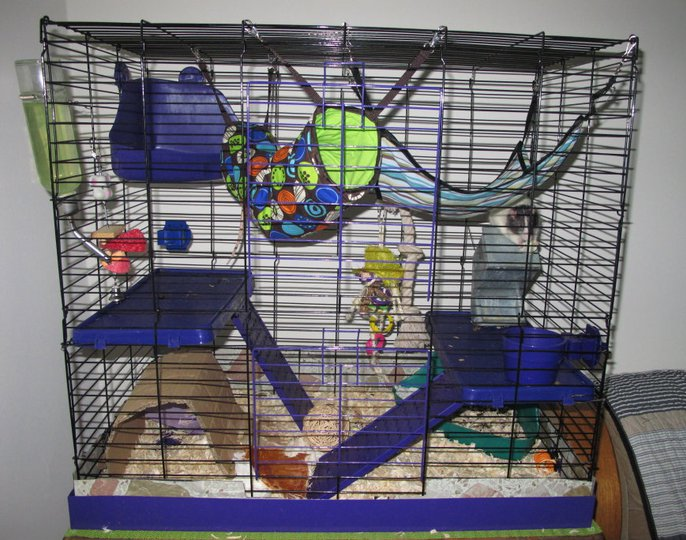
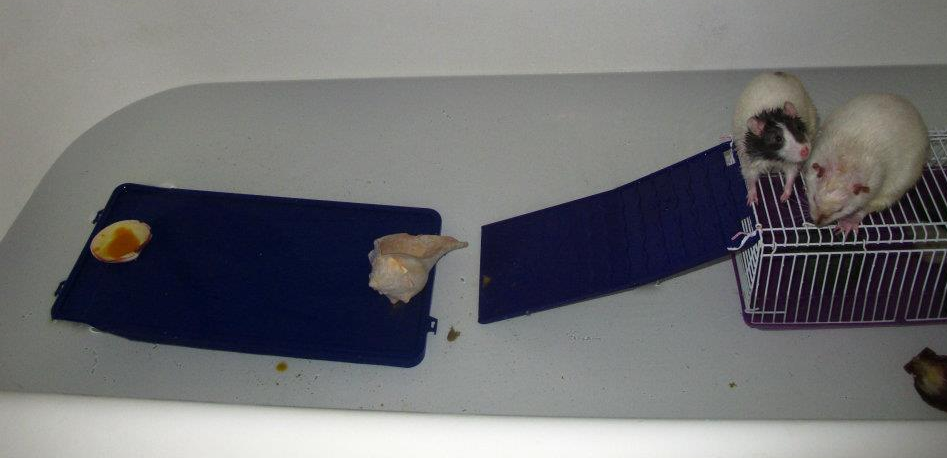
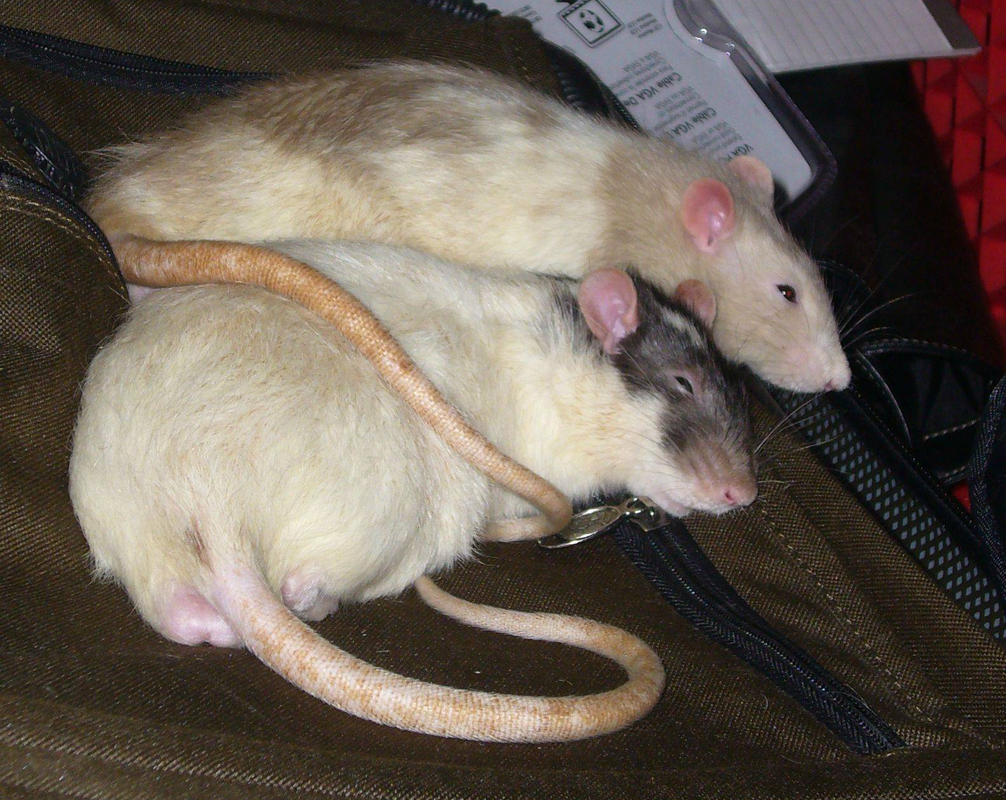
 RSS Feed
RSS Feed